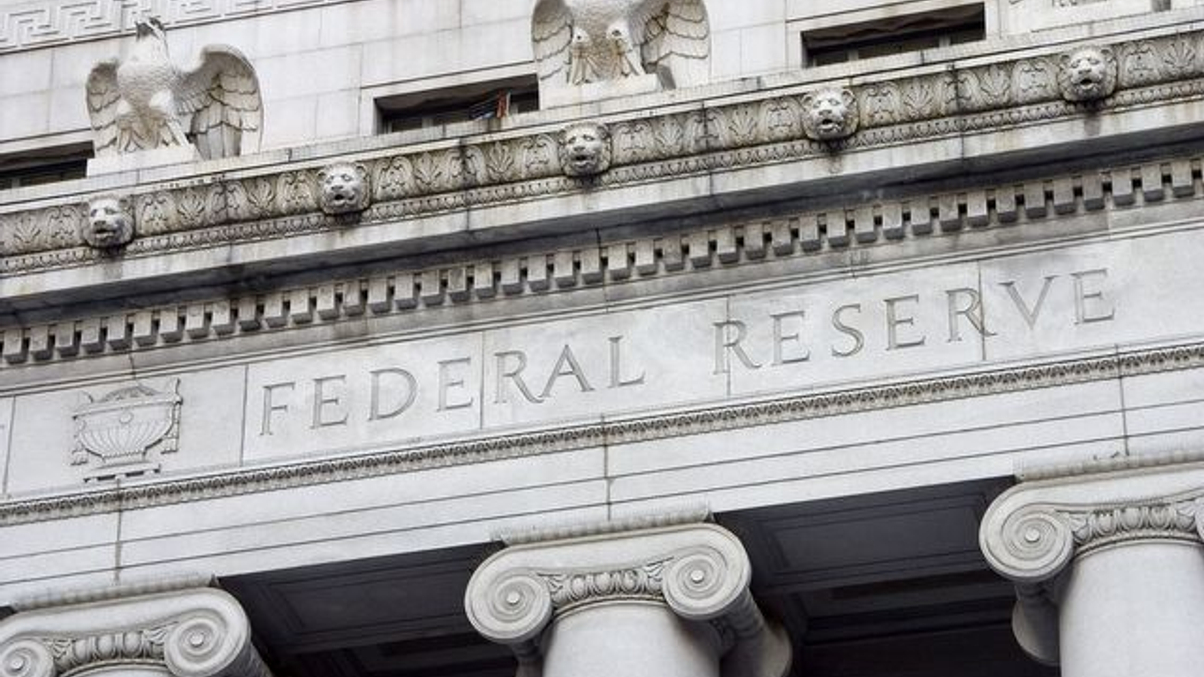Insurers adjusting to expected US rate rises
Asia’s increasingly cash-rich but yield-starved insurance firms are casting an envious eye over US fixed income markets, where income returns are on the rise.

Asian insurers have been investing more in dollar debt and/or shifting up the risk curve in anticipation of higher US interest rates, market insiders tell AsianInvestor.
Sign in to read on!
Registered users get 2 free articles in 30 days.
Subscribers have full unlimited access to AsianInvestor
Not signed up? New users get 2 free articles per month, plus a 7-day unlimited free trial.
¬ Haymarket Media Limited. All rights reserved.


